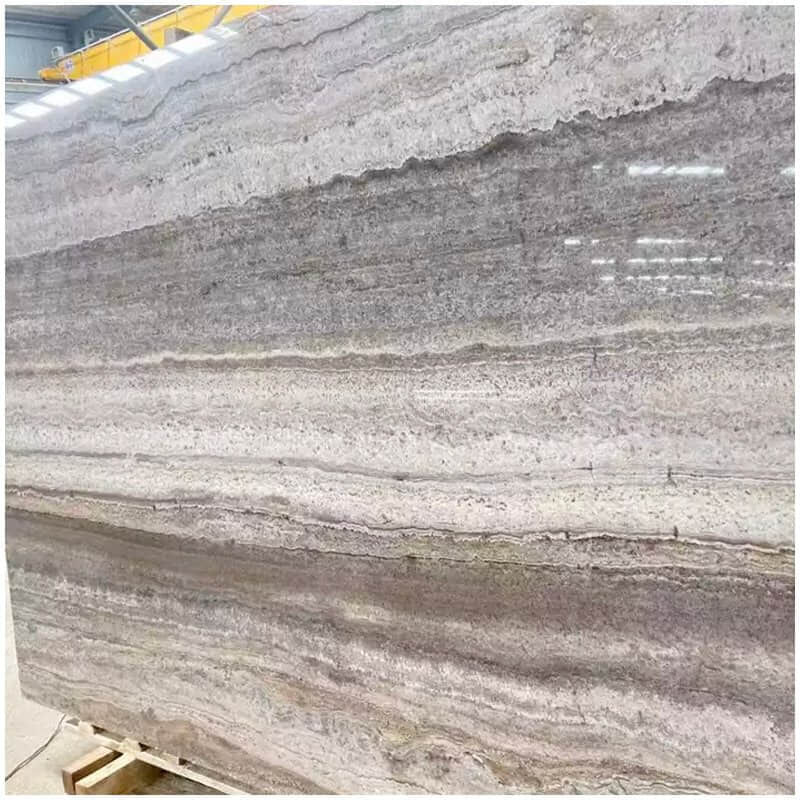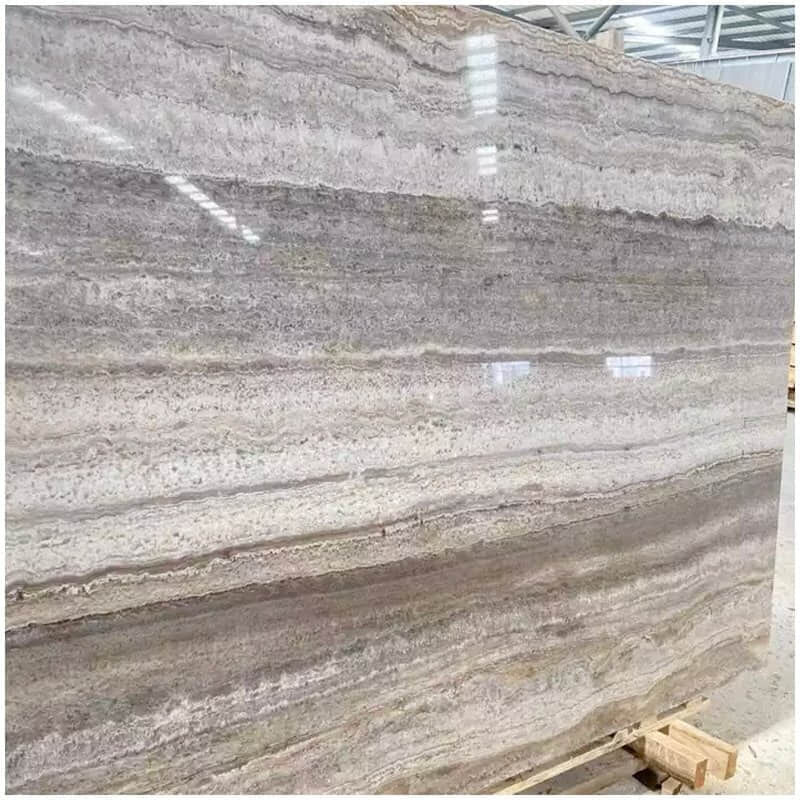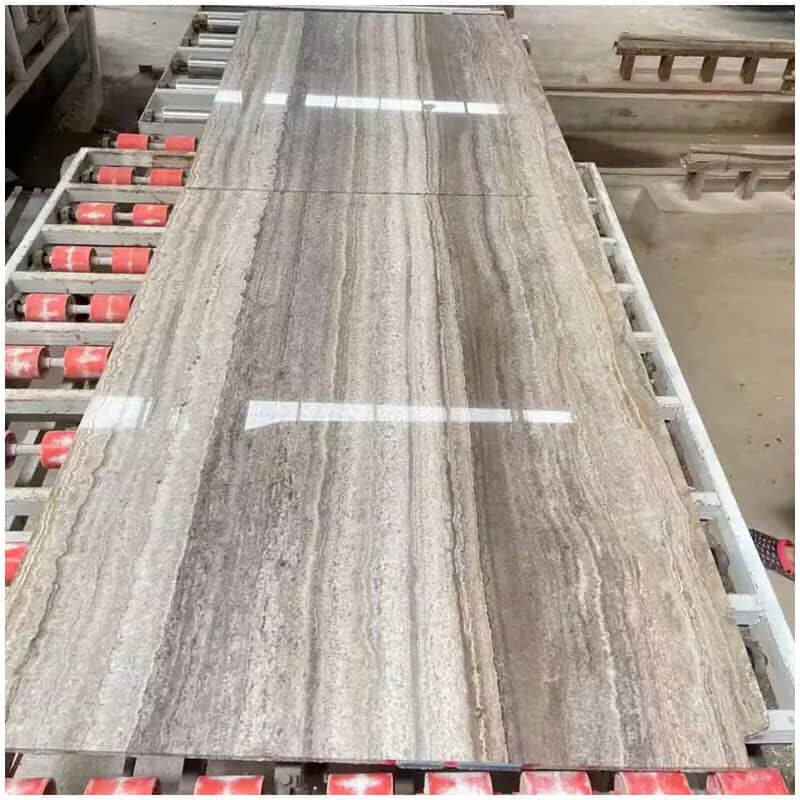márvány vízzel történő metszése
A marmortéglázás vízzel egy fejlett kőművészeti technológia, amely precíziós mérnöki megoldásokat kombinál a környezetbarát gondolattal. Ez a modern téglázási módszer magas nyomású vízcsapokat használ szivattyús részecskékkel keverve, hogy megtéglázza a márványt hihetetlen pontossággal. A folyamat során egy koncentrált vízcsapot irányítanak egy specializált szárnya rendszeren keresztül, amely tipikusan 60 000 PSI-nál is magasabb nyomásra van töltve. Amikor a vízcsap elér a márvány felületét, pontos vágást hoz létre, miközben egyszerre hűti a anyagot és elmosja a törpénycsempészeteket. Ez a technológia különösen értékes építészeti alkalmazásokban, egyedi kőműves falnak, valamint részletes művészeti projekteken, ahol a pontosság elsődleges. A rendszer számítógép-ellenőrzött működése biztosítja a komplex minták és tervek állandó vágási minőségét, miközben a vízhűtési folyamat megakadályozza a hővel kapcsolatos stressz hatásait, amelyek potenciálisan károsíthatnának a kőt. Emellett ez a vágási módszer különböző márvány vastagságokkal alkalmazható, és olyan bonyolult terveket tud végrehajtani, amelyek nehéznek vagy lehetetlennek lennének a tradiós vágási módszerekkel. A CAD/CAM technológia integrálása lehetővé teszi a tervek és minták pontos megismétlését, ami tömegtermelés esetén és egyedi projektek esetén is ideális. Továbbá a vízalapú vágási folyamat csökkenti a por termelését, így biztosítva egy biztonságosabb munkakörnyelmet és csökkentve a takarítási követelményeket.


